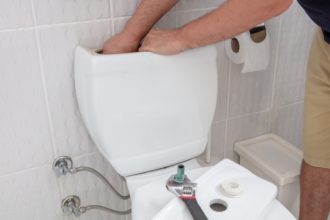6 Common Indoor Air Pollutants with Health Risks
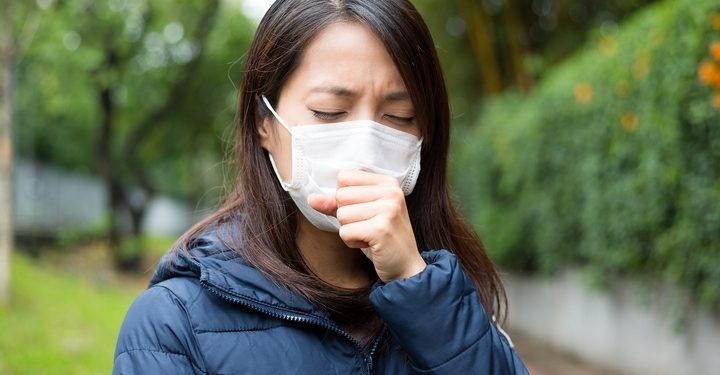
Indoor air quality is almost three times lower compared to that of outdoor air. This is important to know because most people spend ninety percent of their day indoors, and this should not be the case. Indoor air pollutants pose a significant risk to human health since in most cases you are unaware of their existence.
There are certain indoor air pollutants you should be aware of. To avoid health complications, some of which could be fatal, keep a close eye on these pollutants and, where possible, avoid using them.
The following are some common indoor air pollutants that may have long-term health risks:
1. Biological Contaminants
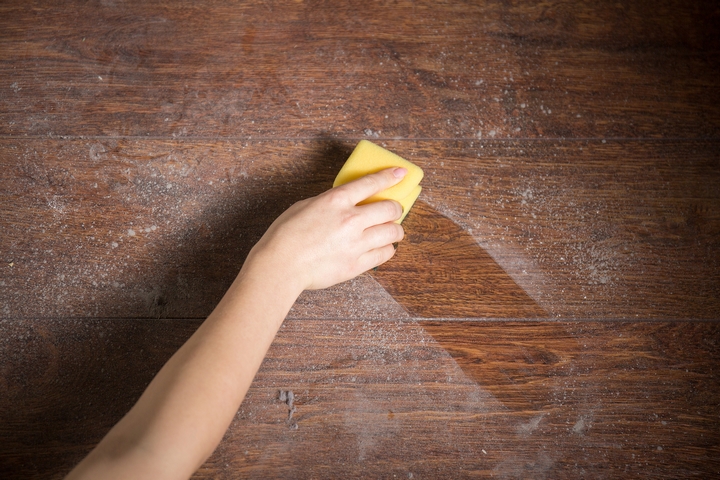
Biological contaminants can be categorized under indoor air pollutants. This is because they are usually small and can be easily inhaled. These common indoor air pollutants come from living organisms. Biological pollutants are commonly found in places with moisture and food. Wet and damp surfaces such as unvented bathrooms, humidifiers, condensate pans and cooling coils encourage the growth of mould.
Beddings, carpets and draperies accumulate dust over time, providing a conducive habitat for contaminants such as dust mites. Some of the commonly known biological contaminants consist of mould, pet droppings, pet dander, dust mites, body parts from rodents, cockroaches, bacteria, viruses, pets and insects.
To manage these types of indoor air pollutants, make sure you clean regularly and turn on your air conditioner to circulate the air flow of the room.
2. Dust
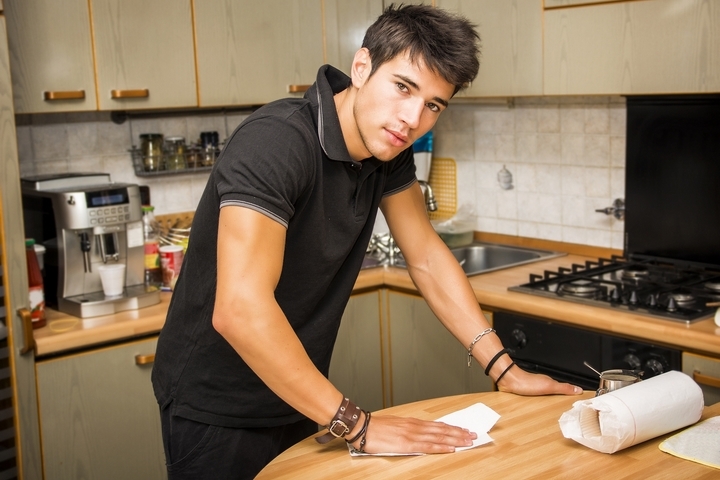
Dust consists of particles from the air that settle on surfaces. Large dust particles are easier for the human body to eliminate than small dust particles. Large dust particles are found on surfaces while small ones are mostly airborne. What this means is that those tiny particles can easily make it through the body’s defence mechanism and enter the lungs. The body can reduce the amount of dust one inhales through sneezing. Dust can be produced by pollen, soil, lead-based paint, fleecy surfaces, burning coal, oil or wood.
3. Carbon Monoxide
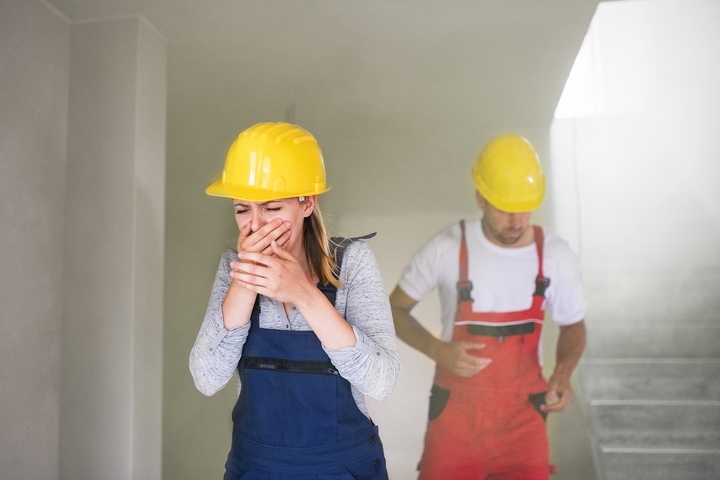
Carbon monoxide is both colourless and odourless, making it hard to detect. It is produced by incomplete combustion of carbon fuels such as wood and gas stoves, incinerators, smokestacks, and car fumes. Some of the effects of inhaling carbon monoxide polluted air include nausea, dizziness, headache, vision impairment, difficulty in breathing, and in some cases, mental disorientation.
A high dose of carbon monoxide can be fatal. To avoid carbon monoxide poisoning in your home, keep off the carbon monoxide sources mentioned above; and if you have to use them, make sure they are in good working condition. You should also keep your house well ventilated. To keep track of carbon monoxide levels in your home, install a carbon monoxide detector, which is readily available and affordable.
4. Second-hand Tobacco Smoke

A passive smoker is exposed to the same smoking hazards faced by an active smoker. Tobacco smoke is dangerous since it stays in the air long after you have put it off. Some common effects of exposure to second-hand tobacco smoke are throat, nose and eye irritation. Brief exposure to tobacco smoke leads to coughing and wheezing.
Prolonged exposure, on the other hand, could cause severe health conditions such as emphysema, heart disease, lung cancer, pneumonia and bronchitis, especially in children. The surest way to avoid any of the effects of second-hand tobacco smoke is to enforce a strict no-smoking policy in your house. You can also clean up the air in your home by making use of essential oils, which contain air cleansing properties.
5. Volatile Organic Chemicals
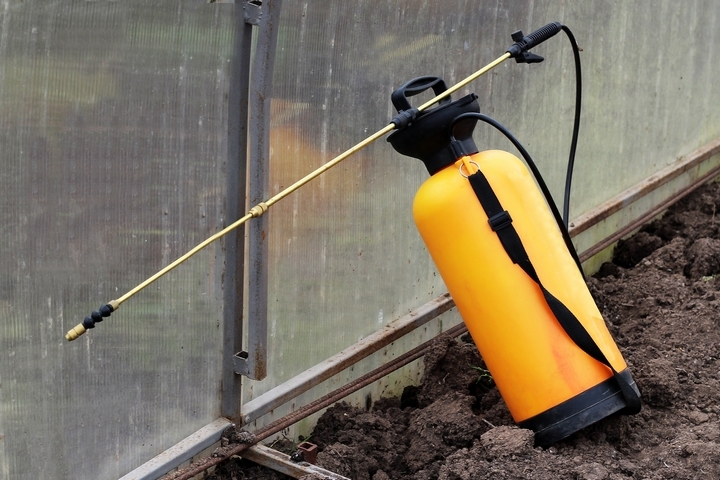
Volatile organic chemicals consist of an extensive range of chemicals, which include perfumes, aerosol sprays, pesticides, hair sprays, paints, glues and fabric softeners. Exposure to these chemicals can lead to irritation in your throat, nose and eyes. These chemicals could also be lethal on your kidneys and the central nervous system. For this reason, make sure you handle them with extreme care. The safest and surest way of eliminating the effects of volatile organic chemicals in your home is by making sure the house is well ventilated.
Avoid spending time in rooms that have been freshly painted until the smell completely clears up. If you can altogether avoid using pesticides in your home, do so, but if you have to, make sure that you read, understand, and follow the instructions printed on the product label. You can use indoor plants to purify the air in your home.
6. Nitrogen Dioxide
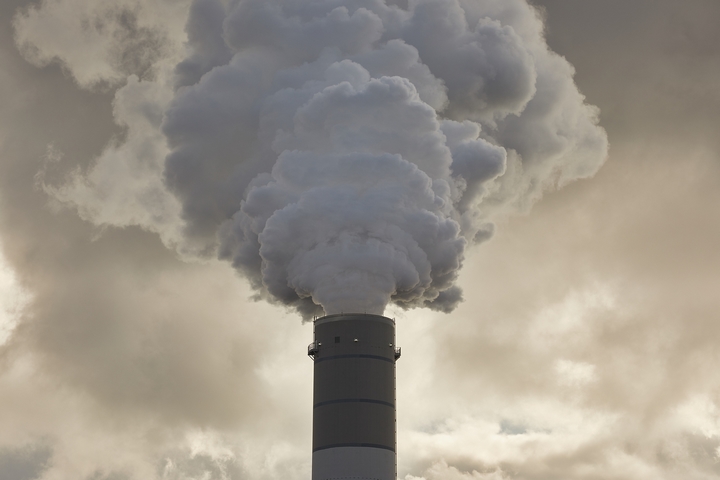
Like carbon monoxide, nitrogen dioxide results from incomplete combustion of fossil fuels, the only difference being the fact that the latter is easily detectable. This reddish-brown gas has a distinct smell, characteristics that make detecting it easy. These common indoor air pollutants can cause problems to the lungs and the respiratory tract. It also irritates the nose and eyes.
The best way to eliminate nitrogen dioxide from your home other than making sure the house is properly ventilated is by getting rid of any of its sources. Also, make sure your electrical appliances are in proper working condition and that air emitted by the devices has a way of escaping outside.

